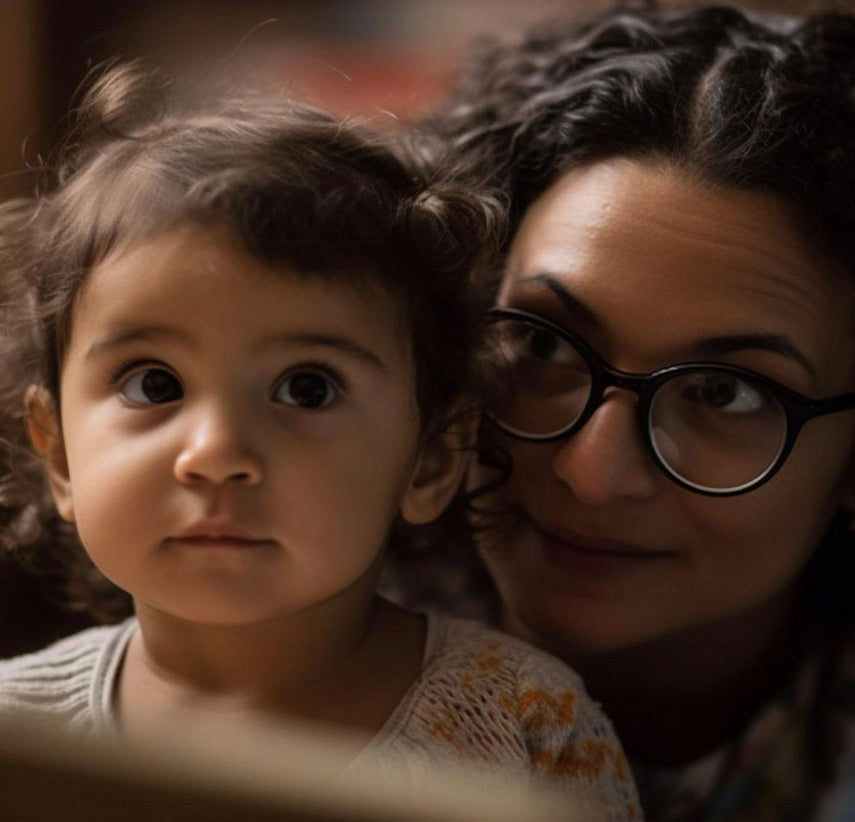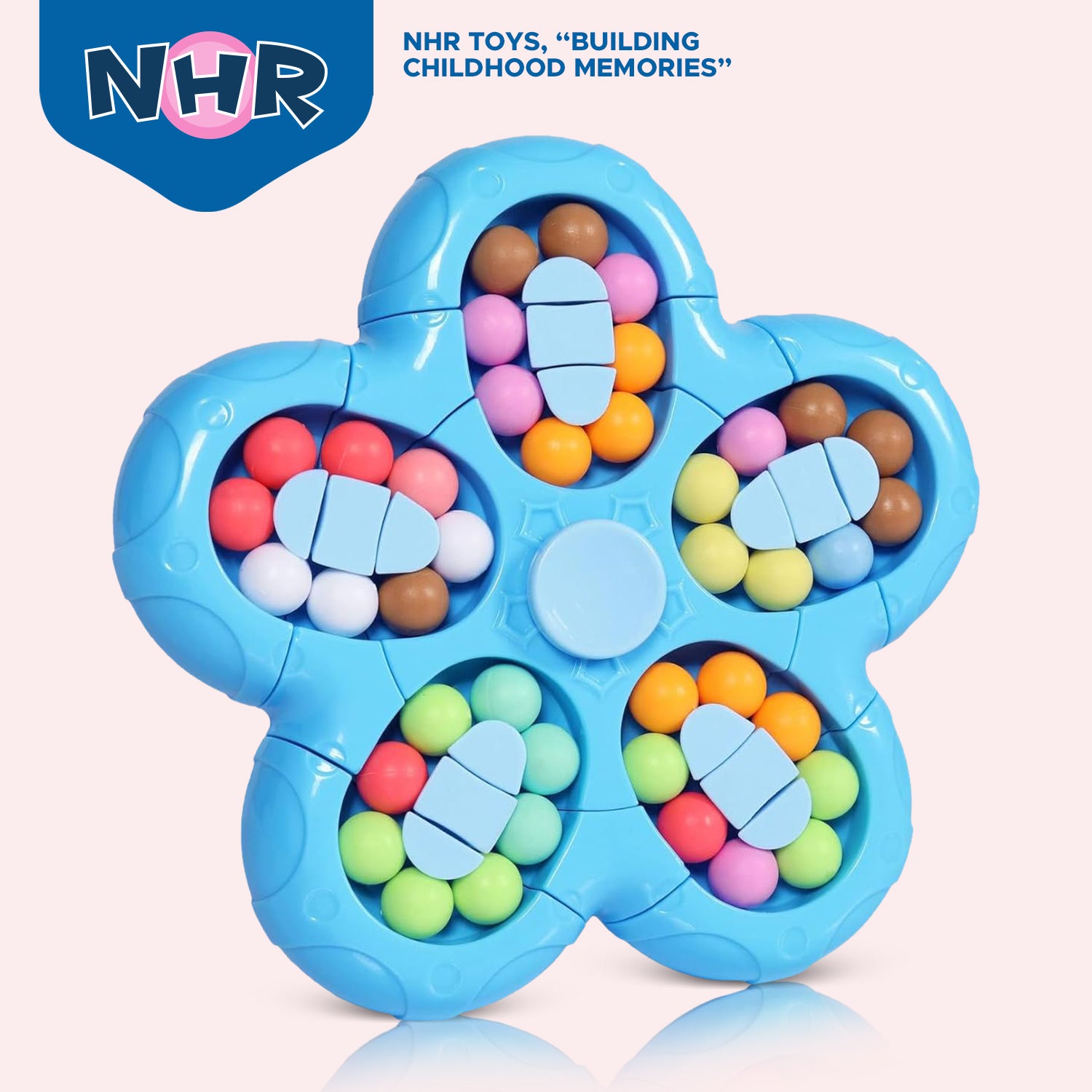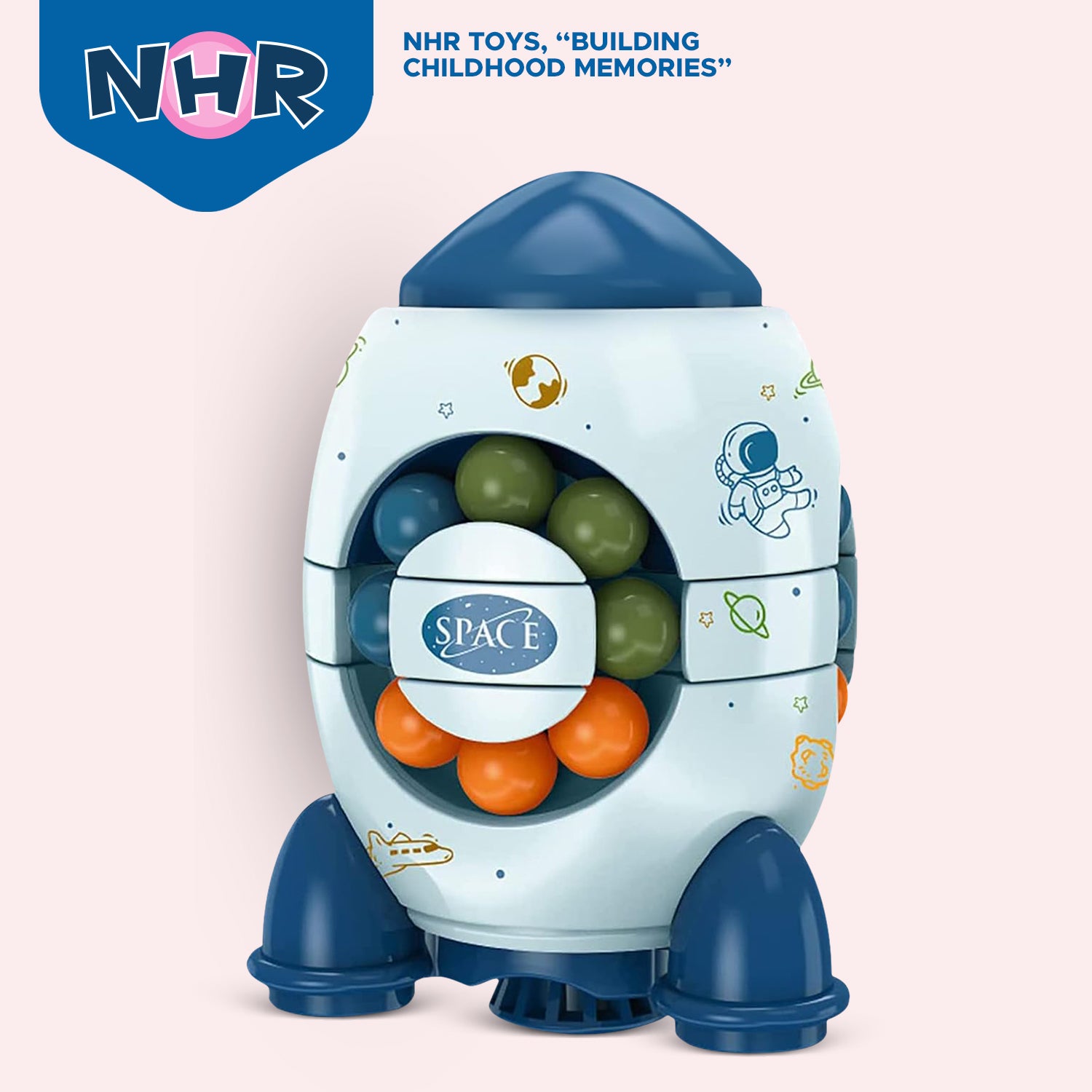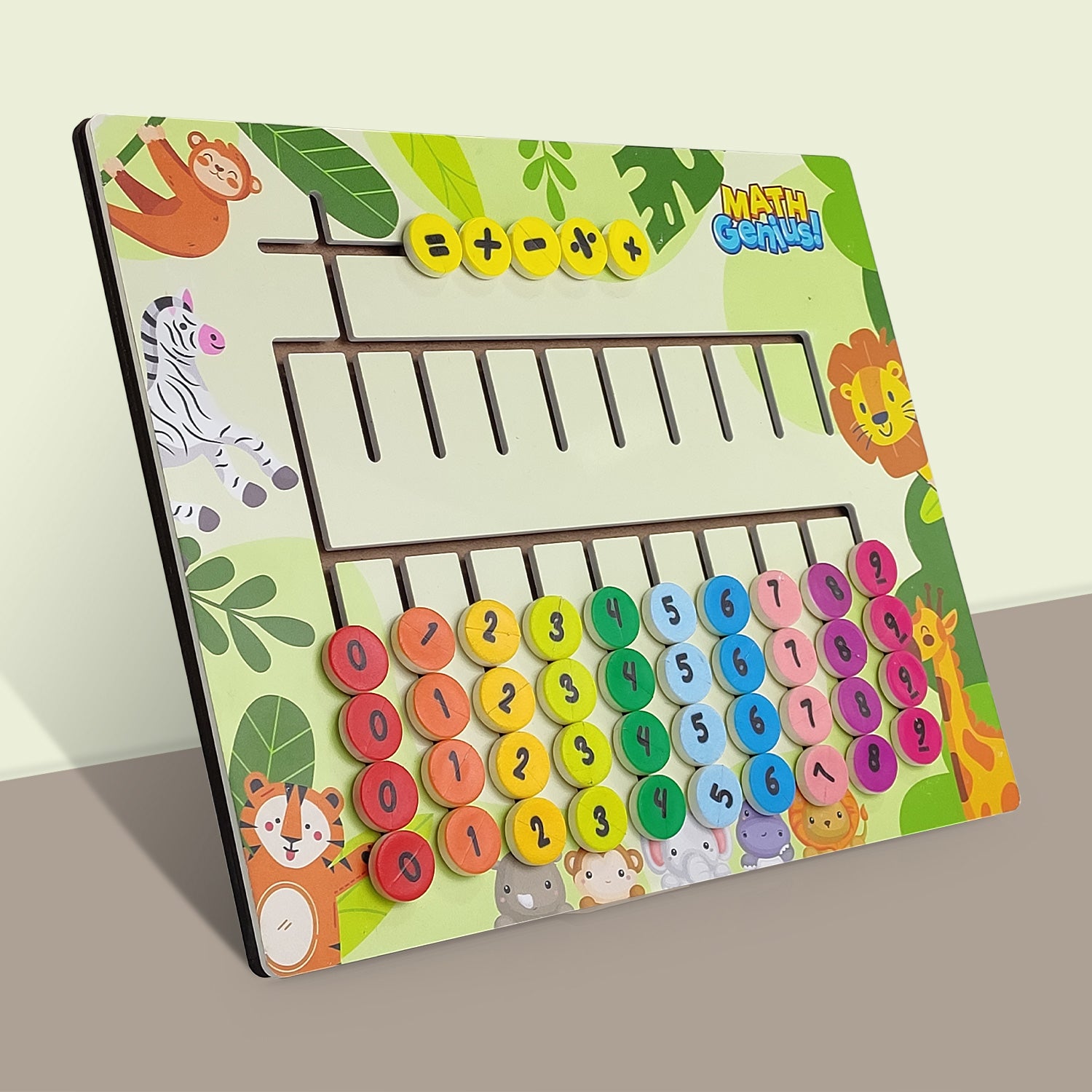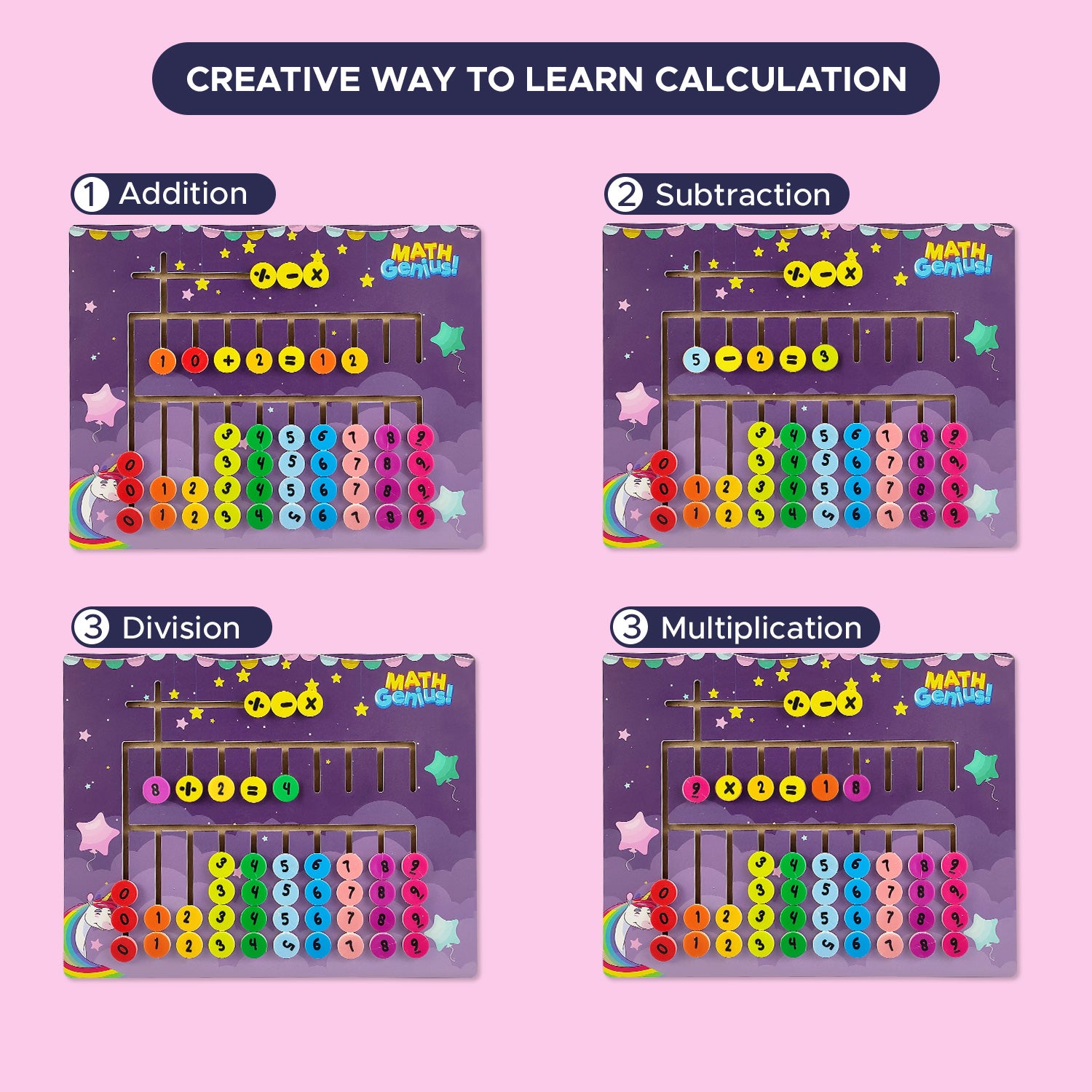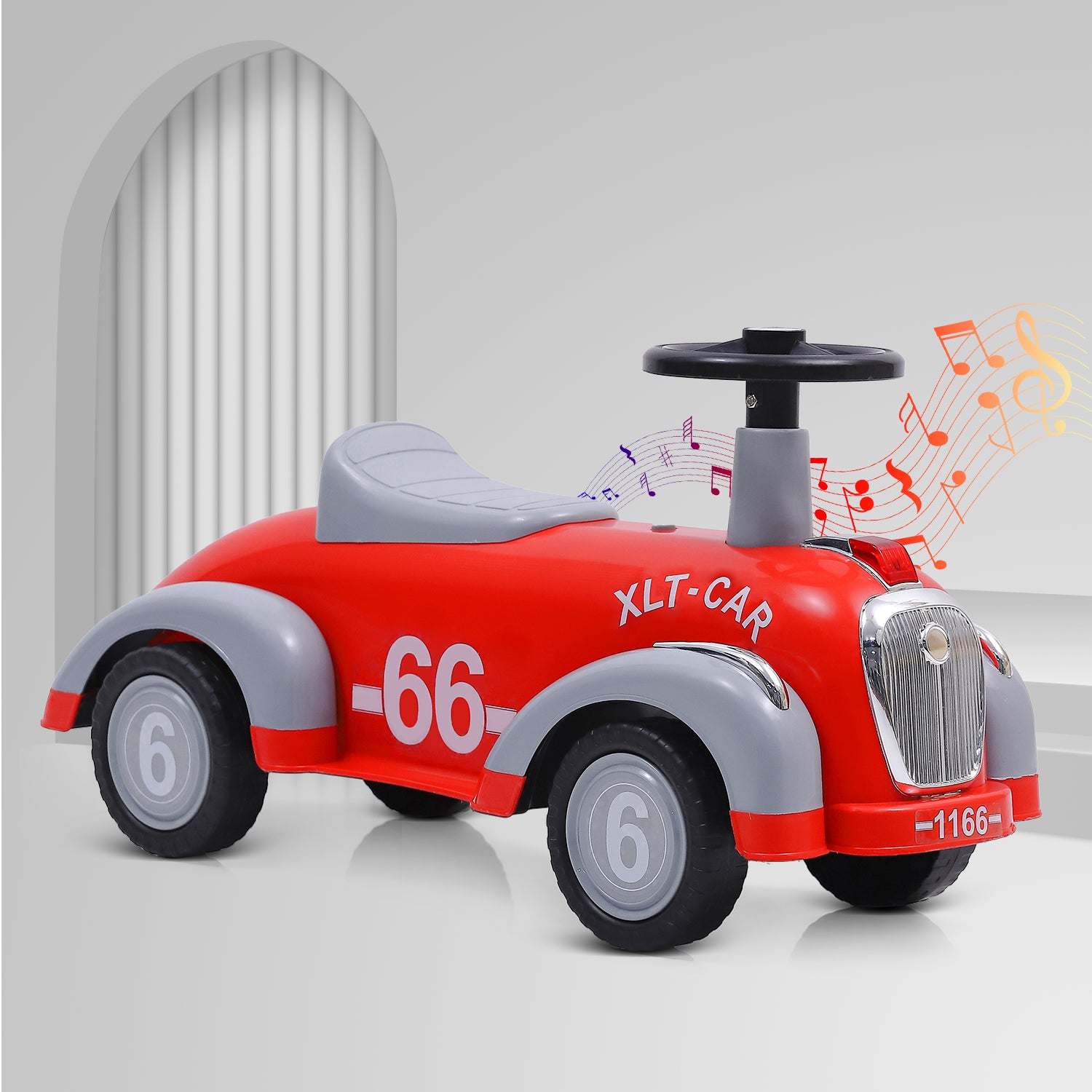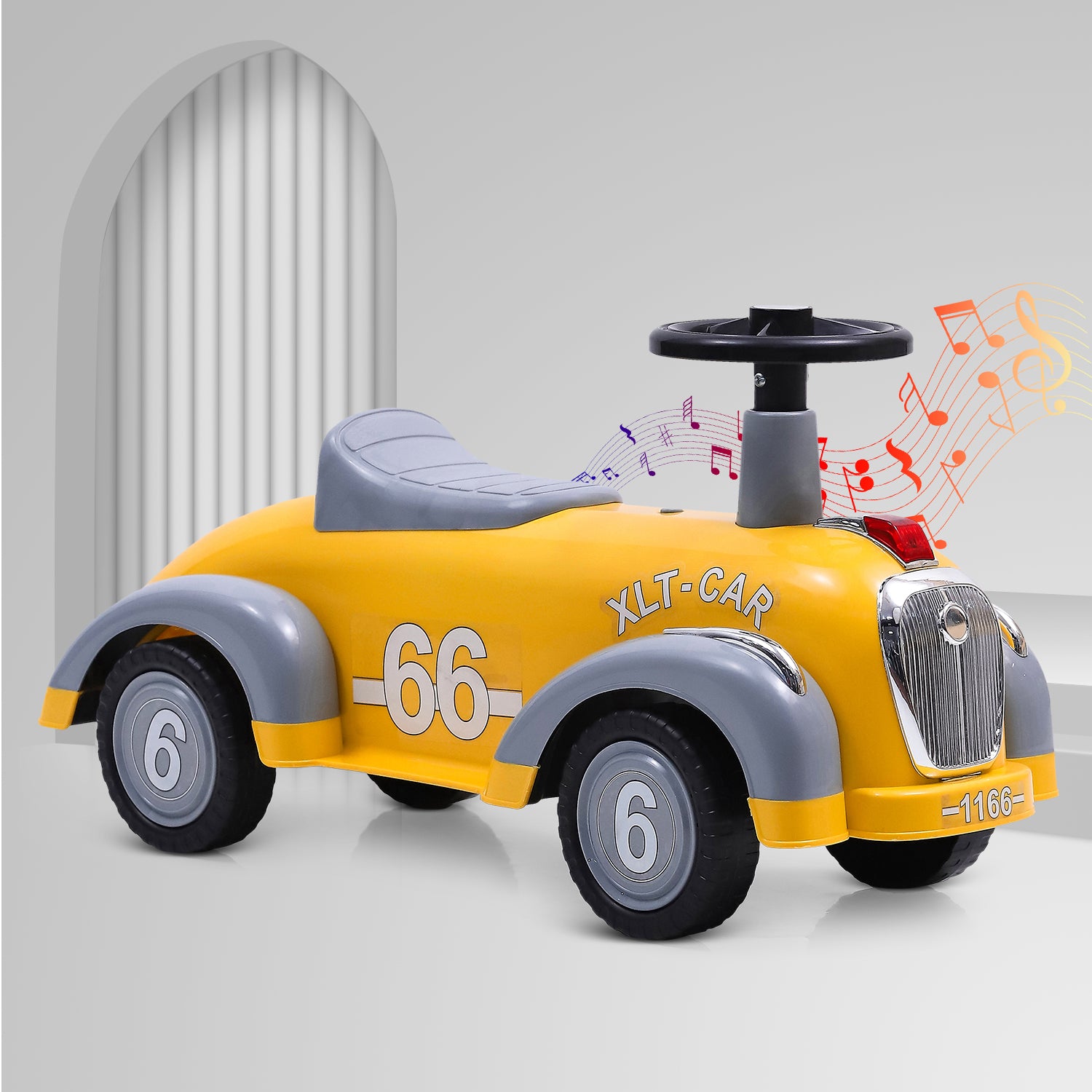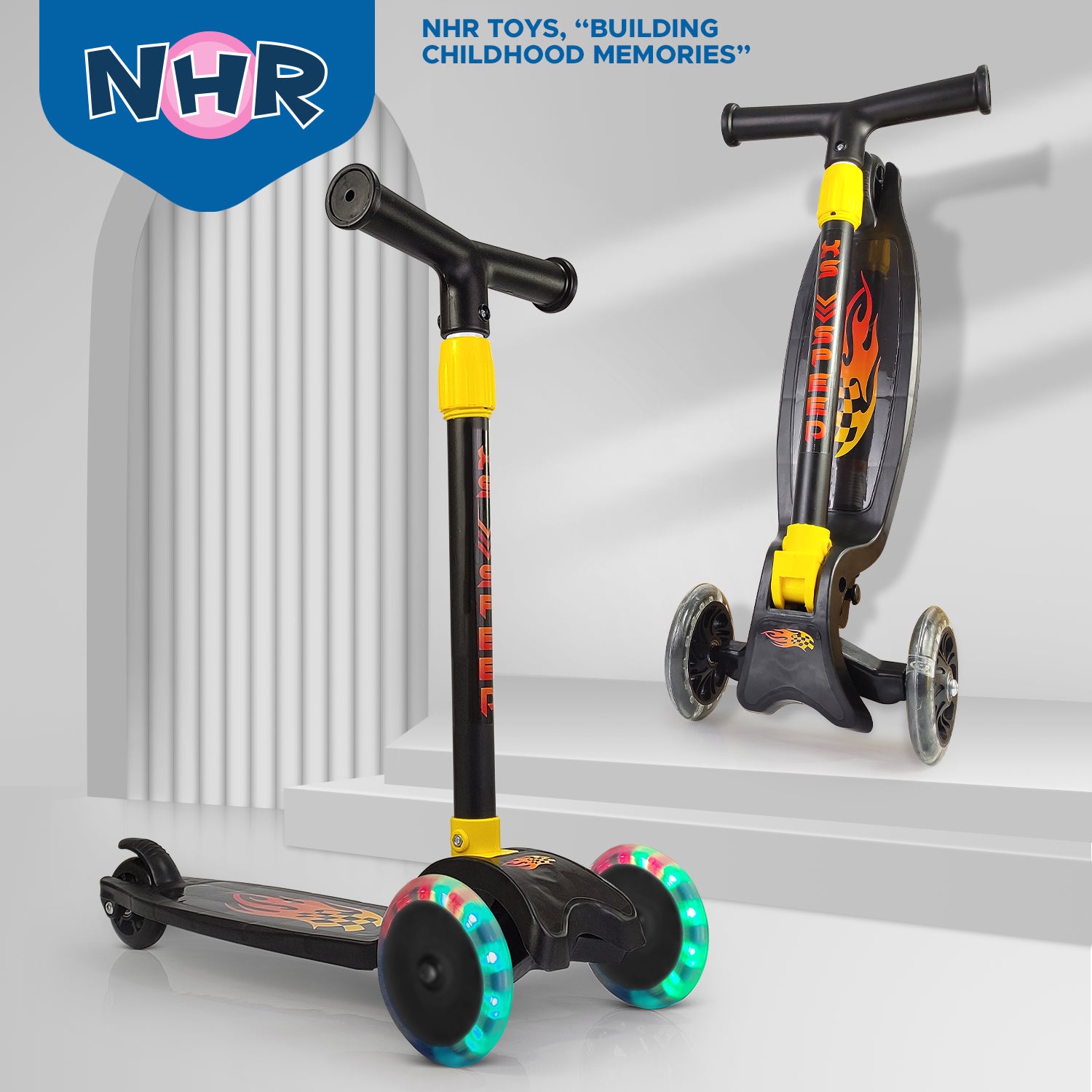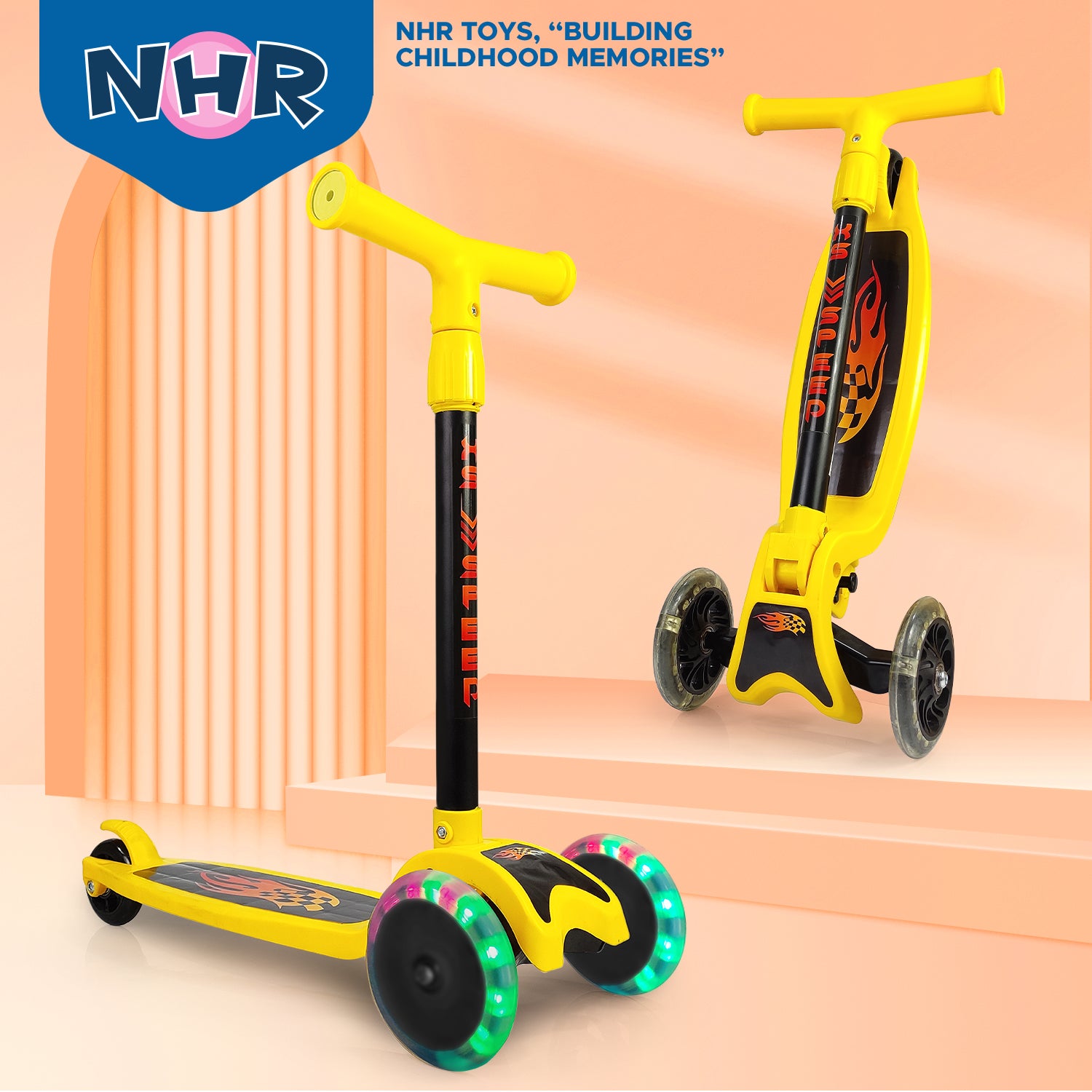
Creating a Safe Play Environment for Your Kids

Ensuring a secure and nurturing play environment is paramount for every parent. Children thrive when they feel safe and supported during playtime. Here's a comprehensive guide to help you create a safe haven where your kids can explore, learn, and have fun.
1. Select Age-Appropriate Toys: Choose toys that are suitable for your child's age and developmental stage. Ensure there are no small parts that could pose a choking hazard, and verify that the toys meet safety standards.
2. Soft and Padded Surfaces: If possible, designate a play area with soft and padded surfaces. This could include foam mats or rugs that provide a cushioned landing in case of falls.
3. Childproof the Space: Childproofing the play area is essential. Install safety gates to restrict access to certain areas, secure heavy furniture to the walls, and cover electrical outlets. Eliminate potential hazards to create a secure space.
4. Adequate Lighting: Ensure the play area is well-lit to prevent accidents. Natural light is ideal, but if that's not possible, use bright, kid-friendly lighting fixtures to maintain visibility.
5. Supervision is Key: While creating a safe play environment is crucial, active supervision is equally important. Keep a watchful eye on your child to ensure they are engaging with toys and activities safely.
6. Storage Solutions: Implement effective storage solutions to keep toys organized and prevent clutter. This not only makes the play area safer but also encourages responsibility in cleaning up after playtime.
7. Check for Recalls: Regularly check for toy recalls and product safety alerts. Stay informed about any potential risks associated with the toys your child plays with.
8. Teach Safe Play Habits: Educate your child on safe play habits, including the importance of sharing, taking turns, and respecting others' personal space. Reinforce positive behaviors to create a harmonious play environment.
9. Emergency Preparedness: Keep a well-stocked first aid kit in or near the play area. Familiarize yourself with basic first aid procedures to handle minor injuries promptly.
10. Encourage Outdoor Play: If possible, create opportunities for outdoor play. Fresh air and open spaces contribute to physical well-being and offer a different environment for exploration.
11. Regular Maintenance: Regularly inspect toys and play equipment for signs of wear and tear. Replace or repair items as needed to ensure ongoing safety.
12. Establish Rules: Set clear rules for playtime behavior. Teach your child about boundaries and limits to prevent accidents and conflicts.
Creating a safe play environment involves a combination of thoughtful planning, supervision, and ongoing attention to your child's evolving needs. By taking these steps, you not only provide a secure space for play but also contribute to your child's overall well-being and development.


